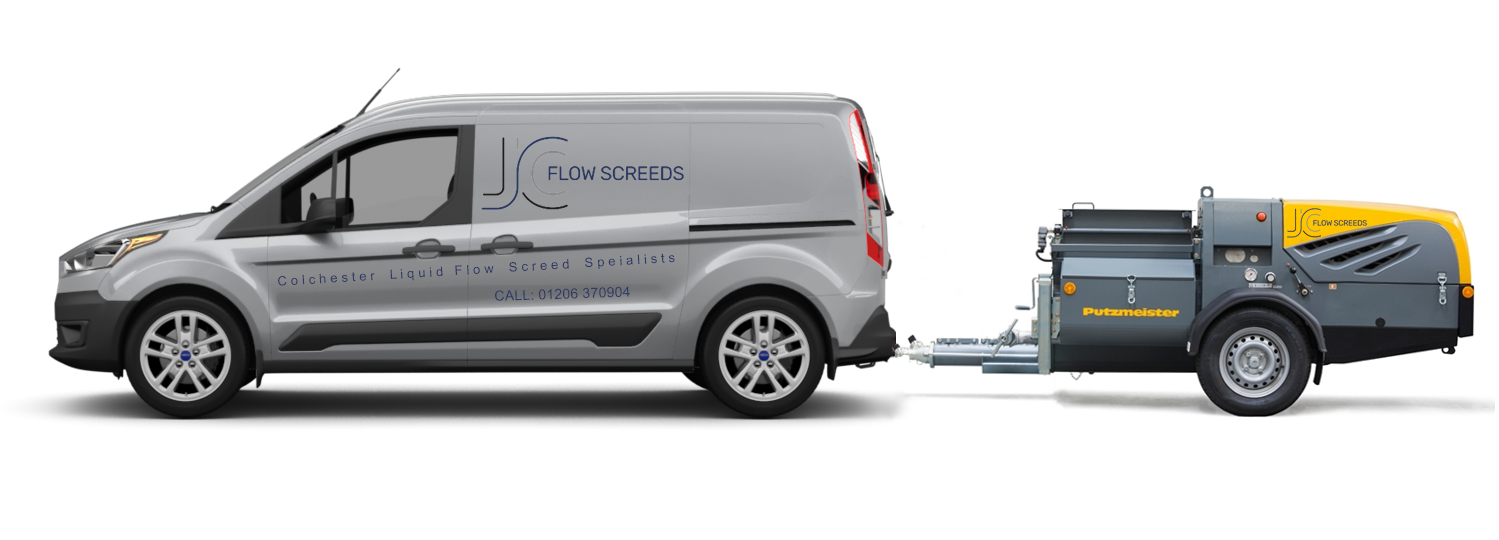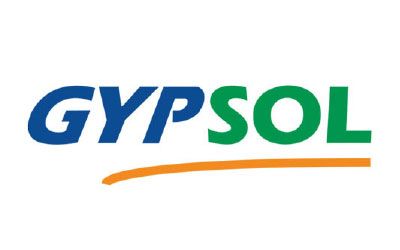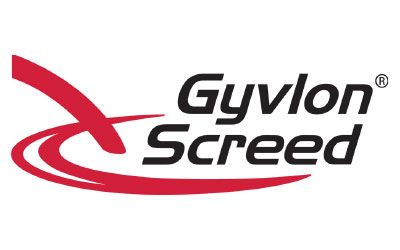Liquid Screed Technical Information
J C Flow Screeds
Customer Service Is Our Priority
The differences between Anhydrite liquid flow screed and Cementitious liquid flow screed?
Anhydrite liquid flow screed and cementitious liquid flow screed are both types of floor screeds used in construction, but they have different compositions, properties, and applications.
What are their differences:
- Composition
Anhydrite Liquid Flow Screed is made primarily from anhydrous calcium sulfate (gypsum) and contains additives that improve flow and setting times.
Cementitious Liquid Flow Screed is made from cement (typically Portland cement) and aggregates. It includes water and sometimes additives to enhance performance.
- Properties
Anhydrite Liquid Flow Screed typically has a lower density than cementitious screeds and can achieve high compressive strength quickly. More susceptible to moisture so needs careful management during application.
Cementitious Liquid Flow Screed is generally more durable and resistant to moisture. Has a higher density and can provide excellent load-bearing capacity. It tends to have a longer curing time compared to anhydrite screeds.
- Installation and Curing
Anhydrite Liquid Flow Screed can be installed quickly and flows easily to fill gaps. Sets and cures faster, often allowing for earlier floor finishes.
Cementitious Liquid Flow Screed is also self-leveling, but may require more time for curing. More sensitive to ambient conditions (temperature and humidity) during curing.
- Uses
Anhydrite Liquid Flow Screed is ideal for underfloor heating systems due to its excellent thermal conductivity. Often used in residential, commercial, and industrial applications.
Cementitious Liquid Flow Screed is suitable for areas with higher moisture exposure (e.g., bathrooms, kitchens). Commonly used in both commercial and industrial environments.
Benefits of Liquid Flow Screed over traditional screed
In summary, the choice between anhydrite and cementitious liquid flow screeds depends on specific project requirements, including moisture conditions, thermal conductivity needs, and installation timelines. Anhydrite is often preferred for speed and thermal performance, while cementitious options offer durability and moisture resistance.
To find out which flooring screed best suits your needs
GET IN TOUCH TODAY!
Ease of Installation
Liquid flow screeds are designed to flow easily, allowing them to self-level, which simplifies the installation process.
Large areas are covered quickly, significantly reducing labor time and costs.
Faster Curing Times
Liquid flow screeds often set faster than traditional sand-cement mixes, allowing for earlier floor finishes and reduced downtime. Liquid screeds also allow for light foot traffic within 24-48 hours, depending on conditions, compared to several days for sand-cement screeds.
Reduced Risks
Due to their composition and fluid nature, liquid flow screeds tend to have lower shrinkage rates, reducing the risk of cracking.
The ability to pour a consistent thickness helps prevent weak spots often found in traditional mixes.
Reduced Weight
Many liquid flow screeds are lighter than traditional sand-cement mixes, which can be advantageous in applications where weight is a concern.
Less Moisture Sensitivity
While traditional sand-cement screeds can be more porous and prone to moisture issues, some liquid flow screeds offer improved moisture resistance.
Improved Workability
Liquid flow screeds can be used in a variety of settings, including complicated shapes and areas with irregular layouts.
The fluid nature of the screed allows for easier manipulation and finishing with fewer tools.
Surface Finish
Liquid flow screeds generally provide a smoother surface compared to traditional sand-cement screeds, which may require additional finishing work.
The self-leveling characteristic helps to minimize imperfections that might require repairs or additional work later.
Enhanced Performance
Liquid flow screeds, especially anhydrite screeds, offer better thermal conductivity, making them ideal for underfloor heating systems.
They can also achieve high compressive strengths, suitable for various applications, including heavy load-bearing areas.
Conclusion
In summary, liquid flow screeds provide a modern, efficient alternative to traditional sand-cement screeds. Their benefits, including ease of installation, reduced curing times, enhanced performance, and improved surface finish, make them an increasingly popular choice in various construction projects.
Further Information On Screed Flooring.
Top recommendation: Unless 100% certain regarding the specific screed you require, it is best to reach out to us for expert guidance.
We are perfectly placed to assist you with all your related questions, having years of industry experience working on a wide range of projects with different and specific requirements and using a whole range of quality screed products from various suppliers. Importantly, we are happy to find the time to help you!
Further Information On Screed Flooring.
Top recommendation: Unless 100% certain regarding the specific screed you require, it is best to reach out to us for expert guidance.
We are perfectly placed to assist you with all your related questions, having had years of industry experience, working on a wide range of projects with different and specific requirements and using a whole range of quality screed products from various suppliers. Importantly, we are happy to find the time to help you!
Ideal For Underfloor Heating.
When it comes to underfloor heating, liquid screed performs two crucial roles. It prepares the surface for your floor covering, and it acts as a heating conductor, absorbing warmth from your pipework and evenly radiating it into the room above.
Liquid screed is particularly well-suited to the process of laying underfloor heating, because its pouring consistency negates the possibility of air pockets forming in the unfinished floor, which would hamper the heat conductivity. It’s quick to lay, suited to all area sizes, is self levelling and is fast drying.
Screed Laitance Removal.
Screed laitance is a layer of weak, powdery material that forms on the surface of newly laid anhydrite based liquid flow screeds. If not removed, it can affect the bond strength between the screed and the subsequent flooring system, resulting in a weaker overall structure. We have the correct equipment and experience, to allow us to carry out this process quickly and effectively. ensuring a strong and stable surface for your new flooring system.
Screed Laitance Removal.
Screed laitance is a layer of weak, powdery material that forms on the surface of newly laid cement based liquid flow screeds. If not removed, it can affect the bond strength between the screed and the subsequent flooring system, resulting in a weaker overall structure. We have the correct equipment and experience, to allow us to carry out this process quickly and effectively. ensuring a strong and stable surface for your new flooring system.
J C F L O W S C R E E D S
Here are some commonly asked questions, answered.
Facts about liquid flow screed installations
What are the benefits of liquid flow screed?
Liquid flow screed provides superior thermal conductivity compared to traditional screeds, making it an excellent option for underfloor heating systems.
Additionally, it is simpler to handle and faster to install than conventional screed, as it is transported through a pipe and is both self-leveling and self-compacting, reducing the need for extensive manual labour.
Liquid flow screed delivers a smoother finish, boasts enhanced soundproofing qualities, exhibits low shrinkage, and is lightweight.
What Can You Use Liquid Screed For?
Liquid screed is perfectly suited for nearly any internal application where a smooth and even floor surface is essential. In residential projects, it can be utilised for flooring throughout various rooms in your home, as well as in garages and outbuildings. For commercial spaces, like retail floors, leisure centers, and other high-traffic areas, liquid screed offers versatility and can be finished in a variety of ways.
Moreover, liquid screed is an excellent choice for underfloor heating systems, allowing you to efficiently heat your home or multiple rooms. These systems are well-suited for both commercial and residential applications, and the use of anhydrite liquid screed is strongly recommended for optimal installation of underfloor heating.
What's the difference between liquid screed and traditional screed?
In contrast to conventional screeds, liquid flow screed contains smaller aggregates in reduced quantities, yielding a smooth, fluid consistency that enables pouring instead of manual application, thereby streamlining the installation process.
Liquid screeds can be utilised in bonded, unbonded, or floating applications, and are perfect for use with underfloor heating systems. Additionally, liquid flow screed generally requires a thinner layer of material, allowing for a thicker layer of floor insulation, significantly enhancing long-term efficiency.
Get in touch to find out which is best for your specific needs.
What is liquid screed made of?
There are two main types of liquid screed, cement-based screed and anhydrite screed:
Cement-based liquid screed consists of Portland cement, sharp sand, water, aggregates, a superplasticizer which enhances the flow properties of the screed and a binder which improves the screed's performance, density and adhesion.
Anhydrite liquid screed (also known as calcium sulfate screed) consists of a calcium sulfate binder, sand, aggregate, water and additives such as polymers, retarders, and accelerators. Retarders can be added to slow down the hydration process.
When calcium sulfate is mixed with water, it causes a chemical reaction that converts the powder into gypsum, which binds the other ingredients together.
Get in touch to find out which is best for your specific needs.
How long does liquid screed take to dry?
Liquid screed typically takes 24–48 hours to dry. You can walk on it after that, but you should wait at least a week before installing heavy items.
*Depth of screed, specialist screed variation, weather conditions and ventilation can all affect drying times.
Is preparation required before installing liquid screed?
Yes, thorough preparation is essential before liquid screed can be applied. It is crucial that liquid screed is installed on a suitably well-prepared substrate.
The screed can be laid either bonded to the substrate or over a separating polythene layer, typically a 500 gauge. Adequate preparation plays a pivotal role in achieving a successful installation. If you need assistance, JC Flow Screeds can supply and fit the necessary materials to ready your floor for liquid screed. Should you require insulation, options such as acoustic and thermal insulation can be provided and installed. Additionally, a polythene barrier must be placed over the foil backing of the insulation and the screed, as this helps to tank the room given the fluid nature of the screed. Failing to use polythene may lead to a reaction that could compromise the structural integrity of the screed.
How thick should liquid screed be?
The minimum thickness for liquid screed depends on whether it's over existing solid floors, insulation, or underfloor heating (UFH).
Here are some examples, but get in touch with us for some expert advice.
- Over existing floors: 25 mm
- Over insulation: 35 mm
- Over UFH: 25 mm above the pipes, or about 50 mm of screed
These figures serve as a general guideline, but numerous factors can influence them. Certain liquid screeds are specifically designed for spacific scenarios, each possessing unique characteristics, including their required depths.
Contact us to discover which liquid screed is best suited to your specific needs.
RECOMMENDED PRODUCTS WE USE
Product Technical Data Sheets
DOWNLOAD NOW
CemFloor Therm
Specially formulated high performance self levelling cementitious floor screed.
CemFloor NH
Self levelling cementitious floor screed, but not suitable for underfloor heating.
Gyvlon Soundbar
A heavy duty screed suitable for use in both residential and commercial properties.
Gyvlon Thermio
Provides a smooth level surface in both commercial and domestic buildings.
Get In Touch To Find Out Which Best Suits Your Needs
We can discuss your specific situation and advice which best suits your project.

We use only the best liquid floor screeding brands
Contact JC Flow Screeds for Cemfloor Liquid cement screed. The best liquid screed specialist contractor in Essex and Suffolk.
For Cemfloor Liquid screed, contact JC Flow Screeds, the best liquid screed specialist contractor in Essex and Suffolk.
Contact JC Flow Screeds for Gypsom Liquid cement screed. The best liquid screed specialist contractor in Essex and Suffolk.
For Gypsol Liquid screed, contact JC Flow Screeds, the best liquid screed specialist contractor in Essex and Suffolk.
Contact JC Flow Screeds for Gyvlon Liquid cement screed. The best liquid screed specialist contractor in Essex and Suffolk.
For Gyvlon Liquid screed, contact JC Flow Screeds, the best liquid screed specialist contractor in Essex and Suffolk.





